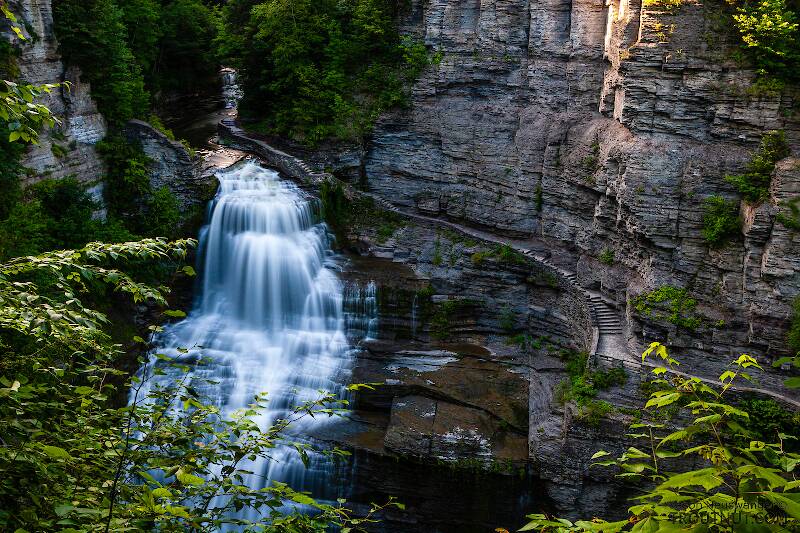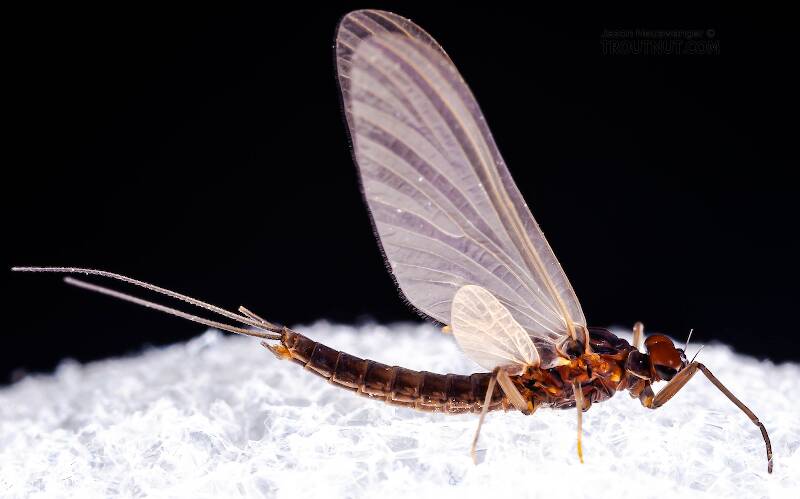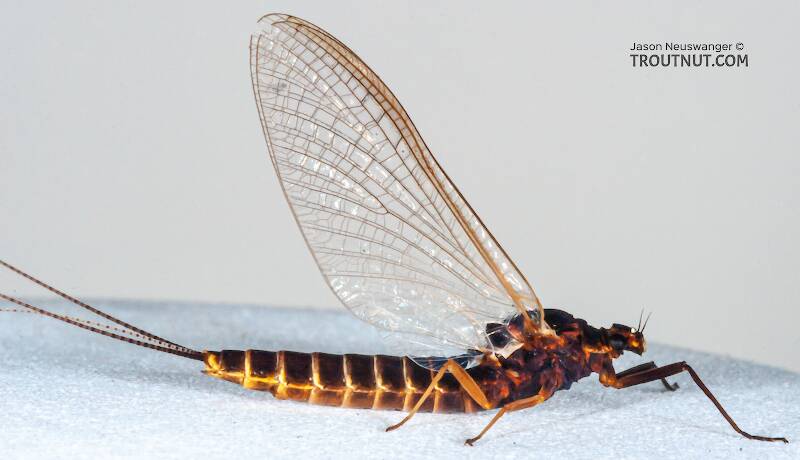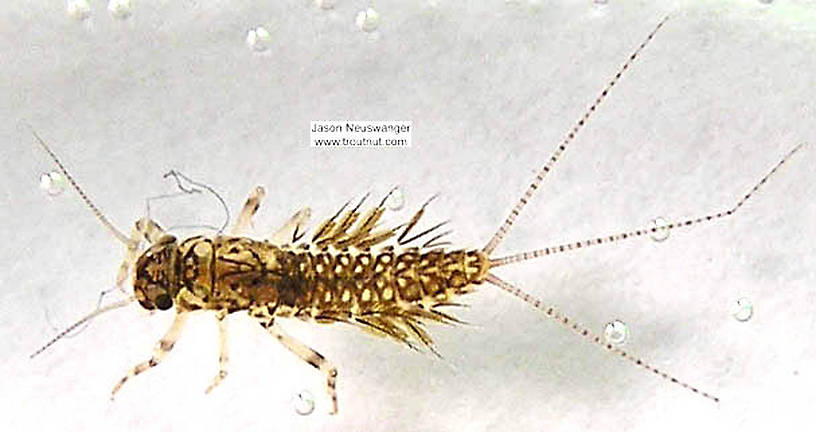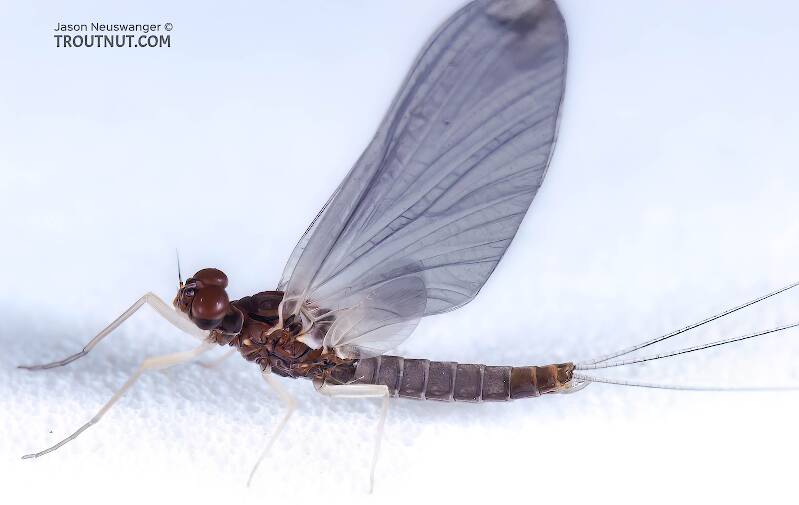
Blue-winged Olives
Baetis
Tiny Baetis mayflies are perhaps the most commonly encountered and imitated by anglers on all American trout streams due to their great abundance, widespread distribution, and trout-friendly emergence habits.
Featured on the forum

Troutnut is a project started in 2003 by salmonid ecologist Jason "Troutnut" Neuswanger to help anglers and
fly tyers unabashedly embrace the entomological side of the sport. Learn more about Troutnut or
support the project for an enhanced experience here.
Iron Blue Duns
Like most common names,"Iron Blue Dun" can refer to more than one taxon. They're previewed below, along with 6 specimens. For more detail click through to the scientific names.
Mayfly Species Neoleptophlebia adoptiva
These are very rarely called Iron Blue Duns.
This is the best Spring hatch after the Quill Gordons (Epeorus pleuralis) but before the Hendricksons (Ephemerella subvaria) in most parts of the East, although it can overlap with both. The Blue Quills are small mayflies (hook size 16-20) but they can hatch in incredible numbers at a time when eager trout are just beginning to look to the surface after a hungry winter.
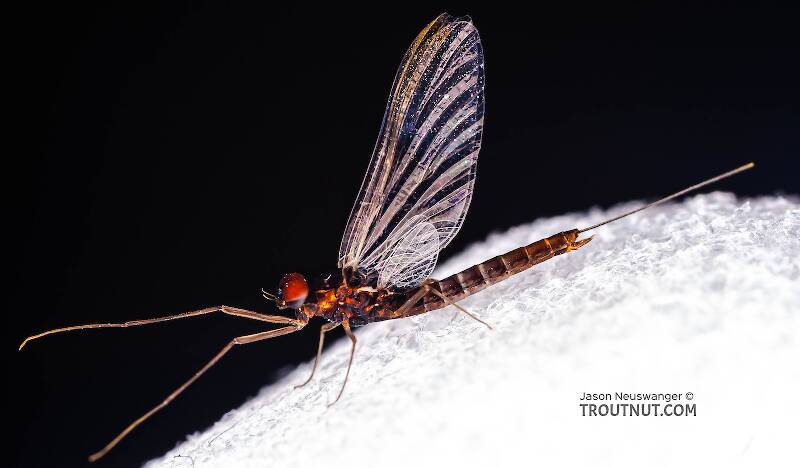
Based on the pale longitudinal forewing veins (excepting the costals), dark middle terga, and genitalia (Burks '53), this specimen is P. adoptiva.
Mayfly Species Leptophlebia cupida
These are very rarely called Iron Blue Duns.
Most anglers encounter these large mayflies every Spring in the East and Midwest. They are omnipresent in small portions, providing filler action in the days or hours between the prolific hatches of the early season Ephemerella flies.
See the main Leptophlebia page for details about their nymphs, hatching, and egg-laying behavior. This is by far the most important species of that genus.
See the main Leptophlebia page for details about their nymphs, hatching, and egg-laying behavior. This is by far the most important species of that genus.
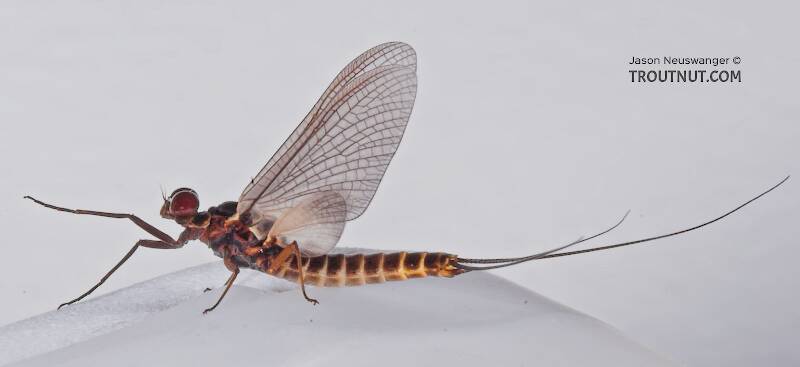
This Leptophlebia cupida dun was extremely cooperative, and it molted into a spinner for me in front of the camera. Here I have a few dun pictures and one spinner picture, and I've put the entire molting sequence in an article.
See 14 more specimens...
Mayfly Species Leptophlebia johnsoni
These are very rarely called Iron Blue Duns.
Mayfly Species Neoleptophlebia mollis
These are very rarely called Iron Blue Duns.
This species often emerges together with Paraleptophlebia strigula and Paraleptophlebia guttata, and the combined effect can be a good fishable hatch. The latter two are much less famous than mollis, but Knopp and Cormier say they are more reliable.
References
- Knopp, Malcolm and Robert Cormier. 1997. Mayflies: An Angler's Study of Trout Water Ephemeroptera . The Lyons Press.

